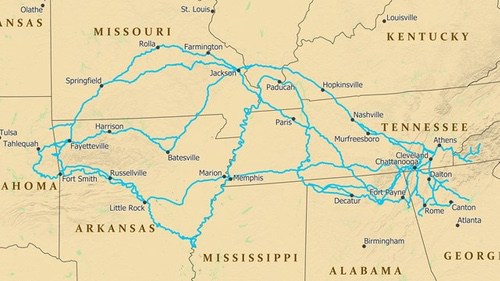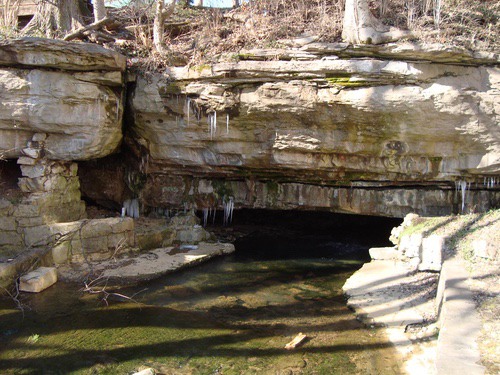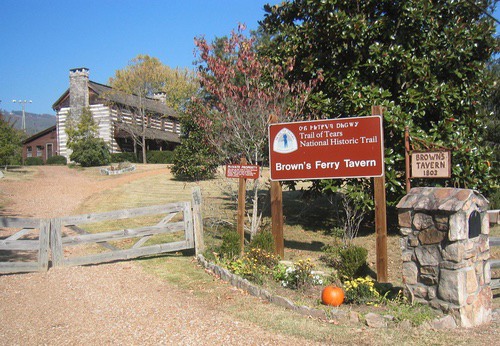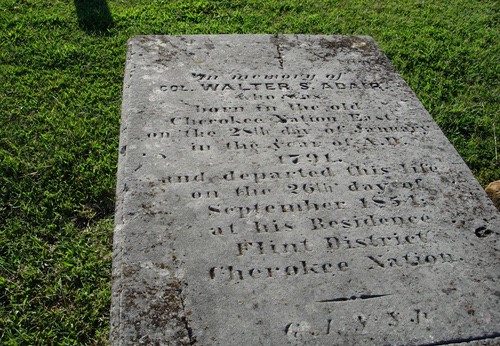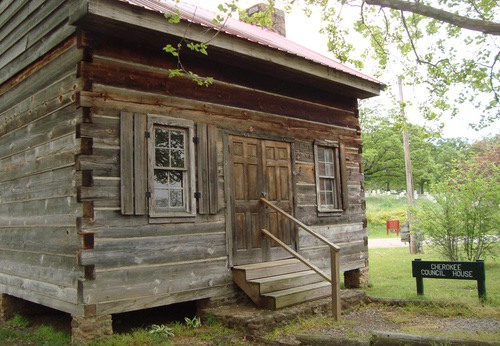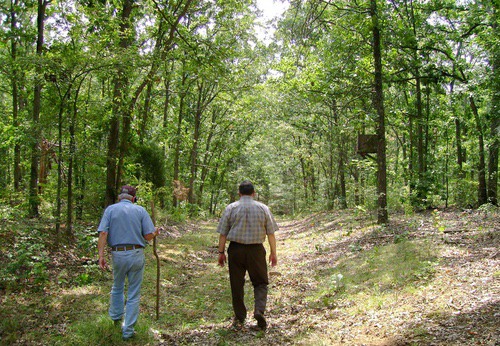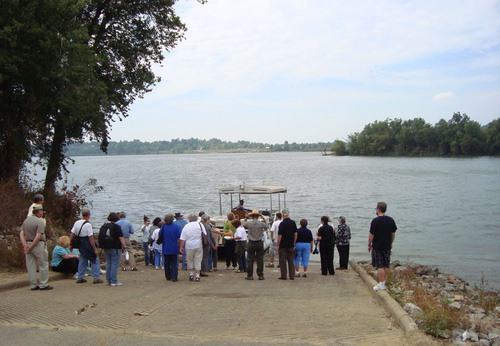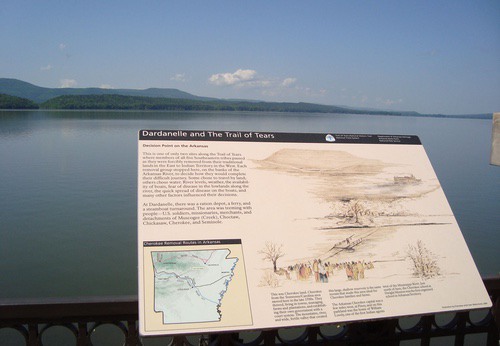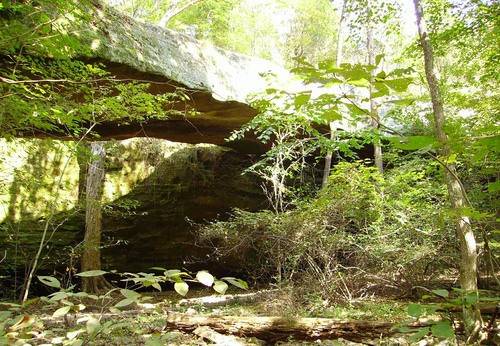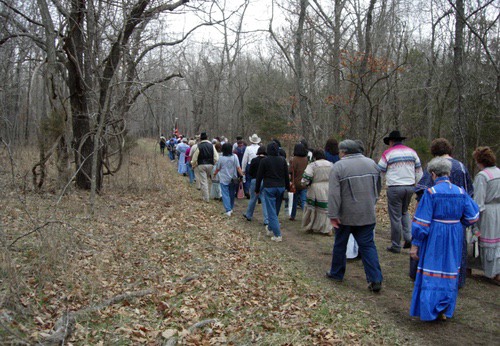Trail of Tears National Historic Trail
The Trail of Tears National Historic Trail is a significant historical route that commemorates the forced removal of several Native American tribes from their ancestral lands in the southeastern United States to territories west of the Mississippi River during the 1830s. This dark chapter in American history resulted in the displacement, suffering, and death of thousands of indigenous people.
In the early 1800s, the U.S. government sought to expand its territory and secure valuable resources found on Native American lands. President Andrew Jackson, along with several state governments, pushed for the removal of Native American tribes, including the Cherokee, Creek, Seminole, Chickasaw, and Choctaw, among others. The Indian Removal Act of 1830 provided the legal framework for the forcible removal of these tribes from their ancestral lands, despite significant resistance and opposition from the affected Native American communities.
The Trail of Tears refers to the various routes taken by the Native American tribes as they were forcibly uprooted from their homes. Thousands of indigenous people were forced to leave everything behind and embark on a treacherous journey on foot, by horseback, or in wagons, with inadequate supplies, food, and clothing. The conditions during the journey were harsh, with extreme weather, disease, and malnutrition taking a heavy toll on the tribes. Many lost their lives due to exposure, sickness, and exhaustion.
The main routes of the Trail of Tears covered vast distances, spanning across several states, including Georgia, Alabama, Tennessee, Kentucky, Illinois, Missouri, Arkansas, and Oklahoma. The Cherokee Nation’s journey, known as the Trail of Tears, is one of the most well-known and tragic episodes in this forced removal, resulting in the death of thousands of Cherokee people.
Today, the Trail of Tears National Historic Trail serves as a powerful reminder of the dark chapter in American history and a tribute to the resilience and strength of Native American cultures. The trail encompasses a network of historic sites, interpretive centers, and monuments that provide opportunities for visitors to learn about the history, culture, and legacy of the indigenous peoples who endured this painful chapter. It is managed and preserved by the National Park Service, ensuring that this crucial part of American history is remembered, understood, and never forgotten. The trail also fosters dialogue, reconciliation, and healing among all Americans, acknowledging the past injustices while striving for a better future based on mutual understanding and respect.
Want More Information on this Experience?
Or Any of Our Other Curated Experiences
Click Here
Introducing Robert Riesmeyer: The Visionary Behind Travel Unrivaled
Robert Riesmeyer, a passionate traveler, and experience curator extraordinaire is redefining the way we explore the world. For Robert, travel isn't just about reaching a destination; it's an exhilarating journey that begins the moment you step out of your comfort zone. Born and raised in the Midwest, he left behind an insurance business to create Travel Unrivaled, a venture that combines his expertise in personal protection and safe travel with his insatiable wanderlust. Robert's unique talent lies in crafting one-of-a-kind group experiences, where every moment is meticulously curated, leaving clients with unforgettable memories.
If you're seeking more than just a vacation, if you crave extraordinary experiences that transcend the ordinary, and if you're ready to embark on journeys that redefine adventure, then Robert Riesmeyer and Travel Unrivaled are your gateways to the extraordinary. Join Robert on his quest to make every travel experience an unforgettable tale, and you'll soon discover that the world has so much more to offer when seen through his adventurous eyes.

